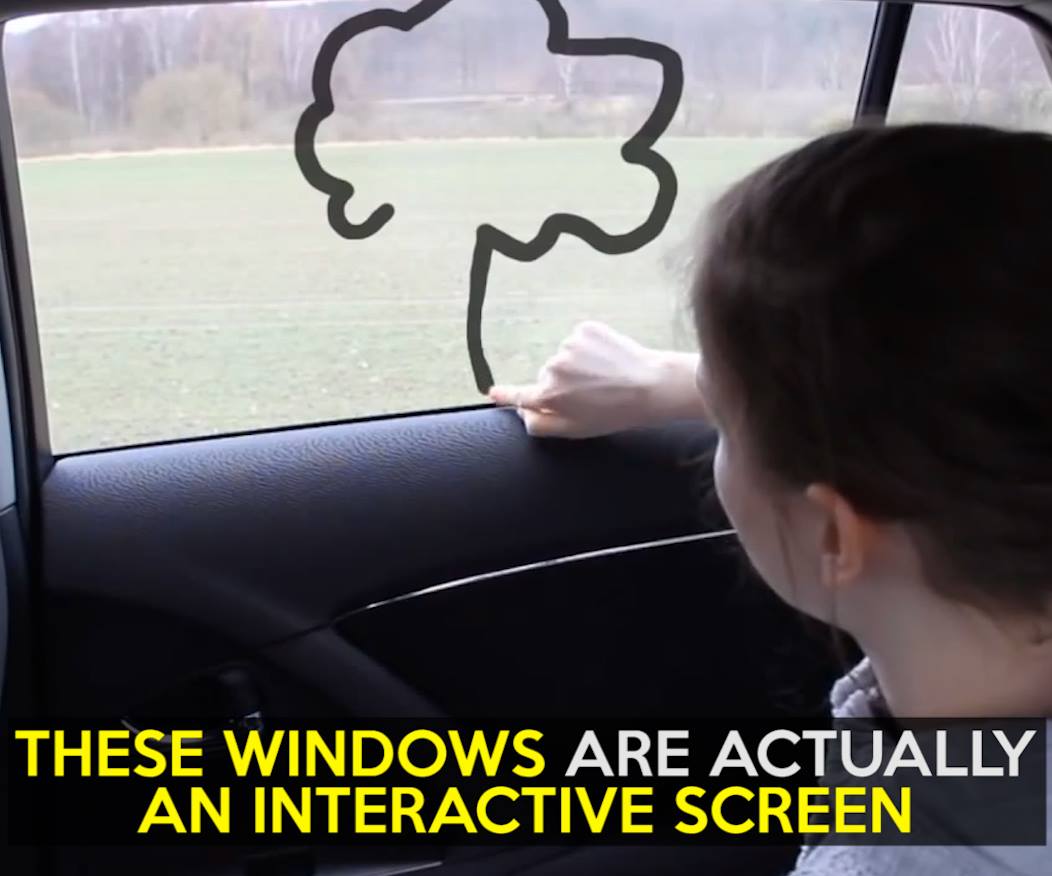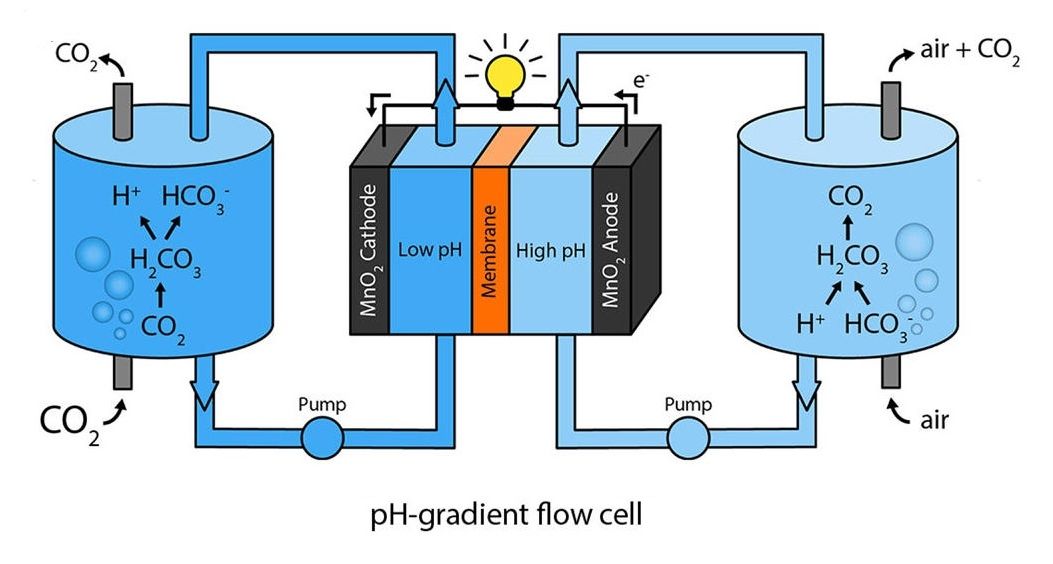Archive for the ‘futurism’ category: Page 1031
Feb 14, 2017
Classified Report On Hypersonics Says U.S. Lacking Urgency
Posted by Karen Hurst in category: futurism
A National Academies report on development of hypersonic weaponry indicates the U.S. may be losing its leadership to key adversaries.
Feb 12, 2017
Zoltan Istvan, who advocates radical technology, hopes to be governor of California
Posted by Zoltan Istvan in categories: economics, futurism
Here’s my official announcement/OpEd article via Newsweek for running for California Governor as a Libertarian. Thanks for reading it!
Futurist Zoltan Istvan believes California could become the world’s largest economy.
Feb 12, 2017
These windows are actually an interactive screen
Posted by Shane Hinshaw in category: futurism
Feb 11, 2017
Value Conflicts surrounding the Meaning of Life in the Trans/Post/Human Future
Posted by Steve Fuller in categories: biological, cryonics, cyborgs, economics, environmental, ethics, futurism, governance, health, homo sapiens, law, mobile phones, policy, posthumanism, security, theory, transhumanism
Posthumanists and perhaps especially transhumanists tend to downplay the value conflicts that are likely to emerge in the wake of a rapidly changing technoscientific landscape. What follows are six questions and scenarios that are designed to focus thinking by drawing together several tendencies that are not normally related to each other but which nevertheless provide the basis for future value conflicts.
- Will ecological thinking eventuate in an instrumentalization of life? Generally speaking, biology – especially when a nervous system is involved — is more energy efficient when it comes to storing, accessing and processing information than even the best silicon-based computers. While we still don’t quite know why this is the case, we are nevertheless acquiring greater powers of ‘informing’ biological processes through strategic interventions, ranging from correcting ‘genetic errors’ to growing purpose-made organs, including neurons, from stem-cells. In that case, might we not ‘grow’ some organs to function in largely the same capacity as silicon-based computers – especially if it helps to reduce the overall burden that human activity places on the planet? (E.g. the brains in the vats in the film The Minority Report which engage in the precognition of crime.) In other words, this new ‘instrumentalization of life’ may be the most environmentally friendly way to prolong our own survival. But is this a good enough reason? Would these specially created organic thought-beings require legal protection or even rights? The environmental movement has been, generally speaking, against the multiplication of artificial life forms (e.g. the controversies surrounding genetically modified organisms), but in this scenario these life forms would potentially provide a means to achieve ecologically friendly goals.
- Will concerns for social justice force us to enhance animals? We are becoming more capable of recognizing and decoding animal thoughts and feelings, a fact which has helped to bolster those concerned with animal welfare, not to mention ‘animal rights’. At the same time, we are also developing prosthetic devices (of the sort already worn by Steven Hawking) which can enhance the powers of disabled humans so their thoughts and feelings are can be communicated to a wider audience and hence enable them to participate in society more effectively. Might we not wish to apply similar prosthetics to animals – and perhaps even ourselves — in order to facilitate the transaction of thoughts and feelings between humans and animals? This proposal might aim ultimately to secure some mutually agreeable ‘social contract’, whereby animals are incorporated more explicitly in the human life-world — not as merely wards but as something closer to citizens. (See, e.g., Donaldson and Kymlicka’s Zoopolis.) However, would this set of policy initiatives constitute a violation of the animals’ species integrity and simply be a more insidious form of human domination?
Continue reading “Value Conflicts surrounding the Meaning of Life in the Trans/Post/Human Future” »
Tags: animals, children, Death, energy, longevity, meaning of life, Neuroscience, politics, poverty, values
Feb 11, 2017
Starta Accelerator plans to nurture high-tech ‘ponies’ in New York City
Posted by Klaus Baldauf in category: futurism
Feb 10, 2017
This anti-choking device uses suction to clear airways
Posted by Shane Hinshaw in category: futurism
Feb 10, 2017
‘Bill Nye Saves the World’ Hits Netflix in April
Posted by Derick Lee in category: futurism
Feb 9, 2017
Battery can be recharged with carbon dioxide
Posted by Shane Hinshaw in categories: energy, futurism
(Phys.org)—Researchers have developed a type of rechargeable battery called a flow cell that can be recharged with a water-based solution containing dissolved carbon dioxide (CO2) emitted from fossil fuel power plants. The device works by taking advantage of the CO2 concentration difference between CO2 emissions and ambient air, which can ultimately be used to generate electricity.
The new flow cell produces an average power density of 0.82 W/m, which is almost 200 times higher than values obtained using previous similar methods. Although it is not yet clear whether the process could be economically viable on a large scale, the early results appear promising and could be further improved with future research.
The scientists, Taeyong Kim, Bruce E. Logan, and Christopher A. Gorski at The Pennsylvania State University, have published a paper on the new method of CO2-to-electricity conversion in a recent issue of Environmental Science & Technology Letters.

















